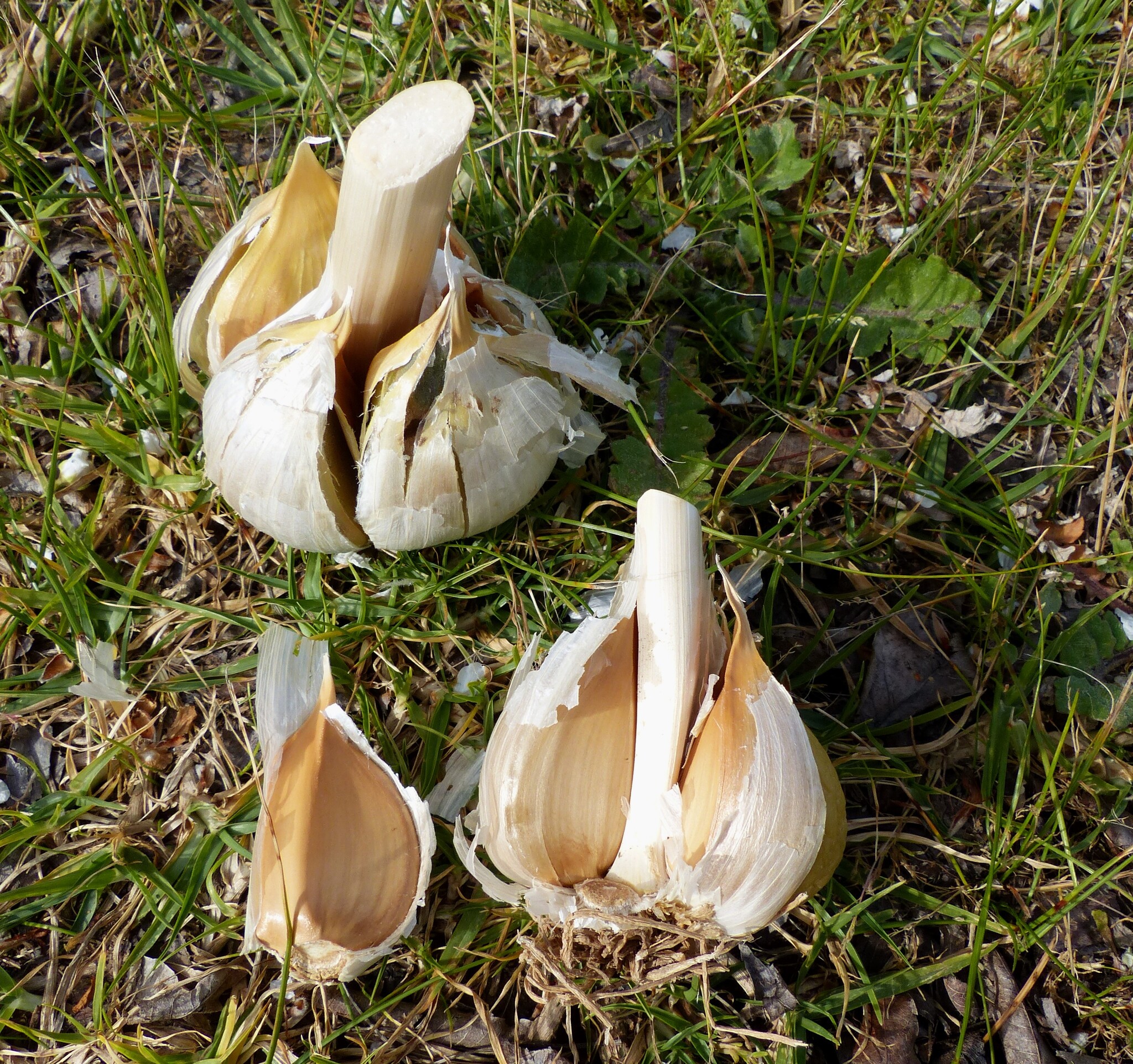
Latin allium, alium – the name for garlic.
Perennial or biennial bulbous herbs. Leaves perennial or deciduous, basal or sheathing, linear to elliptic, flat to grooved, angular or cylindrical, solid or hollow. Flowers radially symmetrical, stalked. Inflorescences terminal, simple, umbellate. Tepals 3+3, usually free, red, pink, purple, blue or white. Stamens 6, free or fused. Fruit a dehiscent capsule. Seeds angular, black.
Numerous species are used ornamentally or for culinary purposes. Often grown as border plants requiring full sun.
Some species produce prolific seed and should be monitored for weediness.
Bulbous herbs with umbels of radially symmetrical flowers with superior ovaries and the umbel enclosed by fused bracts while in bud.
About 700 species from the Northern Hemisphere. There are about 9 species occasionally found naturalised in Australia.
Moore (1954-5), Jones & Mann (1963), van Duyvenbode (1990), van Raamsdonk & de Vries (1992), Mathew (1996). POPULAR: Davies (1992), Woodward (1996).
Source: (2005). Alliaceae. In: . Horticultural Flora of South-eastern Australia. Volume 5. Flowering plants. Monocotyledons. The identification of garden and cultivated plants. University of New South Wales Press.

Flowers deep violet.